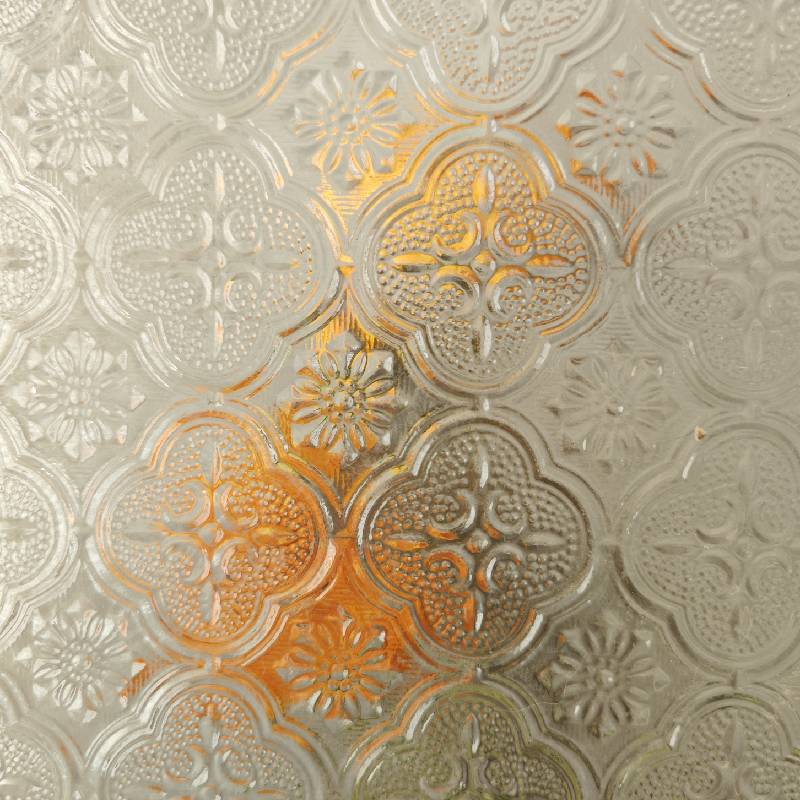

The Brilliance of Aluminum Mirrors A Reflective Journey
Aluminum mirrors have become increasingly popular in various applications, from telescopes to decorative elements in modern architecture. Their unique properties and practical benefits make them a preferred choice for many industries.
One of the most significant advantages of aluminum mirrors is their lightweight nature. Compared to traditional glass mirrors, aluminum mirrors are much easier to handle and install, making them ideal for both residential and commercial installations. This lightweight characteristic is particularly beneficial in applications such as aerospace and automotive engineering, where reducing weight can enhance performance and fuel efficiency.
Furthermore, aluminum mirrors boast excellent reflectivity across various wavelengths of light. While traditional glass mirrors are often coated with silver or other reflective materials, aluminum mirrors achieve high reflectance through a thin layer of aluminum oxide. This thin coating provides a reflective surface that can return as much as 90% of incident light, making them incredibly efficient for applications in optics and photonics.
Another notable feature of aluminum mirrors is their durability. Unlike glass mirrors, which can break or shatter upon impact, aluminum mirrors are resistant to mechanical stress. This resilience makes them suitable for use in harsh environments, such as outdoor installations where exposure to the elements can cause traditional mirrors to degrade over time. The robustness of aluminum mirrors ensures that they maintain their reflective properties even in challenging conditions, making them a long-term investment.

In addition to their physical properties, aluminum mirrors are also praised for their versatility in design and aesthetics
. They can be produced in various shapes and sizes to fit specific applications, from large, curved mirrors used in observatories to small, decorative mirrors for home interiors. The ability to customize aluminum mirrors enables designers and architects to create unique visual experiences, enhancing the ambiance of any space.Sustainability is another aspect that has brought aluminum mirrors into the spotlight. Aluminum is a highly recyclable material, and using aluminum mirrors can contribute to sustainable practices within various industries. As the world shifts toward more environmentally friendly solutions, the use of aluminum mirrors aligns with the goal of reducing waste and promoting recycling.
In the field of astronomy and science, aluminum mirrors are essential components in telescopes and other optical instruments. They offer excellent light-gathering capabilities, enhancing the clarity and quality of the images captured. Researchers and astronomers rely on these mirrors to explore the vastness of space, making groundbreaking discoveries that expand our understanding of the universe.
The advancements in technology have further improved the performance of aluminum mirrors. Coatings and treatments have been developed to increase their reflectivity and further protect the surface from scratches and corrosion. These innovations ensure that aluminum mirrors remain relevant and reliable in a rapidly evolving technological landscape.
In conclusion, the significance of aluminum mirrors goes beyond mere reflection. Their lightweight nature, durability, and excellent reflective properties make them indispensable in various fields, from science to architecture. As we move toward a more sustainable future, the efficiency and versatility of aluminum mirrors will undoubtedly play a crucial role in shaping the way we see the world. Whether used in practical applications or as artistic elements, aluminum mirrors shine brightly, illuminating our surroundings with their unique brilliance.